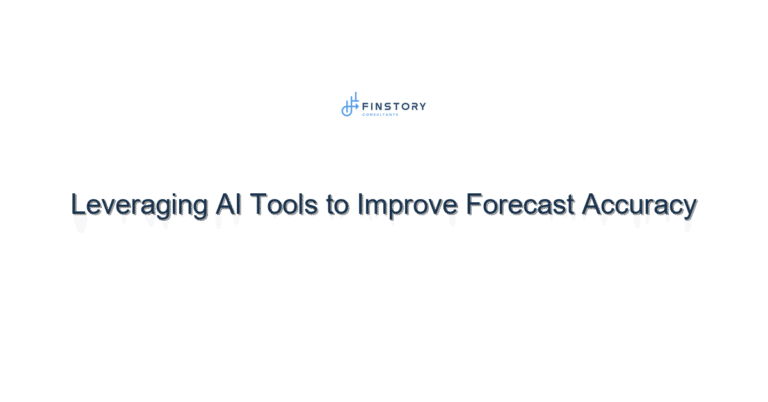Using Trend Analysis to Predict Financial Trouble
Most financial problems don’t happen overnight. They build quietly over time—sales dip a little, expenses creep up, cash flow thins out.
The good news? If you’re watching your trends, you can spot those warning signs early.
Trend analysis isn’t just a tool for analysts or accountants—it’s a smart way for business owners to understand the story behind the numbers. And in Financial Planning & Analysis (FP&A), it can make the difference between a proactive pivot and a painful scramble.
What is Trend Analysis, Exactly?
Trend analysis is the practice of looking at your financial data over time to spot patterns—good or bad. You’re not just comparing this month to last month—you’re stepping back to see the bigger picture.
You can apply it to almost any financial metric, including:
- Revenue
- Gross profit margin
- Operating expenses
- Cash flow
- Accounts receivable
- Customer churn
Think of it like tracking your weight over months instead of obsessing over daily fluctuations. The trend tells the truth.
Real-World Example: The Retail Wake-Up Call
Take Priya, who runs a boutique retail store.
Sales looked stable month-to-month. But when we reviewed a 12-month trend, it showed a slow, consistent decline in foot traffic and average transaction size.
The problem? Customers were shopping less frequently—and spending less when they did.
This gave Priya a heads-up. She refreshed her inventory, launched a loyalty program, and revamped her marketing. Sales rebounded before things got critical.
Without that trend analysis, she would’ve kept treading water until she hit a cash crunch.
Key Trends That Signal Trouble
Here are a few financial trends that often precede deeper problems:
1. Declining Gross Margins
If your cost of goods sold is rising faster than your prices, margins will shrink. A slow decline in gross margin may signal pricing pressure, inefficiencies, or supplier issues.
2. Rising Operating Expenses
Watch trends in rent, salaries, software tools, and subscriptions. If expenses are growing faster than revenue, your profitability will suffer—even if sales are up.
3. Slowing Cash Inflows
If you’re collecting payments slower than you used to, it might point to billing issues or weakening customer relationships. Watch for a growing “Accounts Receivable” trend.
4. Inventory Creep
Inventory increasing while sales hold steady often signals poor purchasing or slipping demand. It ties up cash you could be using elsewhere.
5. Customer Churn Climbing
A slow rise in lost customers may reflect a product, service, or support issue. Trend analysis can help you catch it before it hits revenue hard.
Hypothetical Scenario: The SaaS Slow Leak
Imagine a SaaS company with strong monthly revenue. Everything looks fine… until you zoom out.
- Churn increased from 2% to 4% over the past year
- New customer acquisition flatlined
- Support tickets doubled
This trend combo spells trouble. While revenue was stable, the underlying health of the business was eroding. Trend analysis gave leadership time to refocus on customer experience, improve onboarding, and reignite growth.
Actionable Steps You Can Take
✅ Review 6–12 months of key metrics — Don’t just look at single-month changes. Use graphs or dashboards to visualize the direction over time.
✅ Identify 3–5 “canary metrics” — These are early indicators of financial health (like customer churn, DSO, or margin trends).
✅ Set thresholds — For example: “If churn hits 5%, it triggers a strategy review.”
✅ Use dashboards, not spreadsheets — Visualizing trends makes it easier to spot patterns quickly.
How a Virtual CFO Can Help
Trend analysis isn’t just about creating charts—it’s about asking the right questions. A Virtual CFO can help you:
✅ Identify which trends really matter for your business
✅ Interpret subtle changes before they become big problems
✅ Build easy-to-read dashboards that show trends clearly
✅ Develop a plan to act on what the data reveals
The goal is not just to react—it’s to predict and plan ahead.
Your Next Step
Take 30 minutes this week to review your financial trends. What’s going up? What’s going down? What’s staying flat?
Even one small insight could help you make a smart move now instead of scrambling later.
And if you’re not sure where to start, this is where a Virtual CFO can step in—turning data into decisions, and trends into traction.






